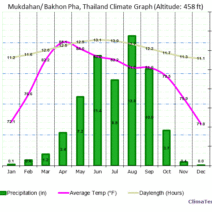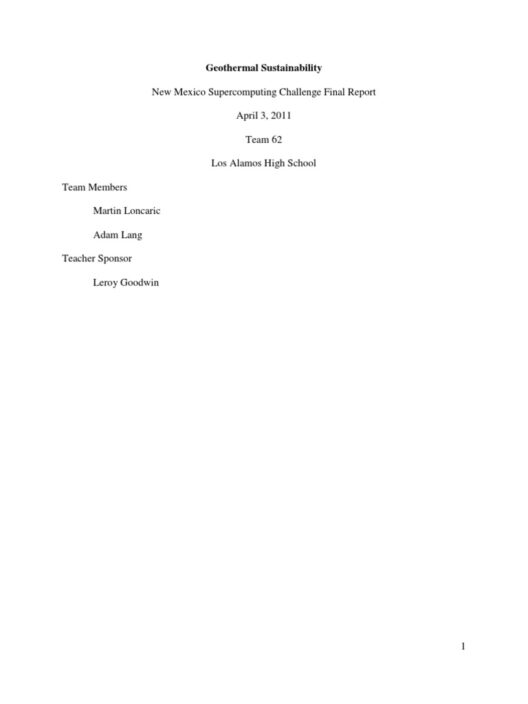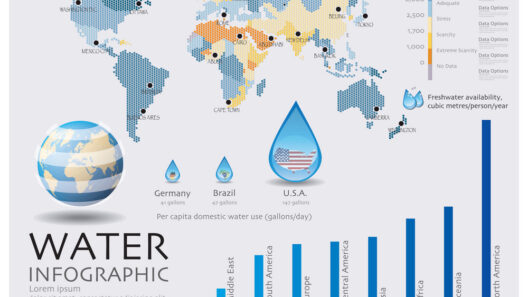The intricate relationship between solar activity and Earth’s climate has long captivated scientists and enthusiasts alike. The sun, as the central star of our solar system, emits a plethora of radiation and energy that is fundamental to life on our planet. For centuries, observers have noted correlations between solar phenomena and climatic variations. However, the question remains: does sun activity significantly contribute to global warming?
First, it is essential to comprehend the mechanics of solar activity. The sun undergoes various cycles, primarily an 11-year solar cycle characterized by fluctuating sunspot numbers. These dark, cooler regions on the sun’s surface signify intense magnetic activity. During periods of high solar activity, more solar radiation is emitted, potentially influencing climate patterns. Consequently, researchers have endeavored to correlate these solar cycles with terrestrial temperature changes, seeking to illuminate the extent of this relationship.
In the field of climatology, solar irradiance is a focal point. Solar irradiance refers to the amount of solar energy received per unit area at the Earth’s surface. Variations in solar irradiance can result from intrinsic changes within the sun, such as sunspots and solar flares, as well as extrinsic factors, including Earth’s axial tilt and orbital eccentricity. Historical records indicate that notable climatic events, such as the Little Ice Age, may correspond with periods of reduced solar activity, leading to the hypothesis that diminished solar output can influence global temperatures.
Nevertheless, while solar activity undeniably contributes to climate dynamics, its impact on contemporary global warming is a matter of vigorous debate. The crux of this discourse lies in analyzing the relative weight of solar contributions in contrast to anthropogenic influences. Peer-reviewed studies indicate that the rise in average global temperatures since the late 19th century cannot be adequately explained by solar variability alone. The Intergovernmental Panel on Climate Change (IPCC) attributes the majority of observed temperature increases to greenhouse gas emissions from human activities, notably the combustion of fossil fuels.
One pivotal aspect of this investigation involves the distinction between short-term and long-term climatic changes. Solar activity can induce immediate fluctuations in climate; however, these changes often pale in comparison to the cumulative effects of greenhouse gas emissions. For instance, while a solar maximum may trigger temporary warming, the resulting temperature spikes often subside once solar activity diminishes. On the other hand, the greenhouse effect, exacerbated by deforestation and industrial emissions, exerts a persistent influence on global temperatures, leading to prolonged and compounding impacts.
To further elucidate this relationship, the concept of the Maunder Minimum warrants consideration. This historical period, characterized by a significant drop in solar activity during the 17th century, coincided with the aforementioned Little Ice Age. This correlation has led to speculations regarding the sun’s capacity to affect Earth’s climate on a grand scale. However, modern climatological theories suggest that while solar variations can indeed contribute to climatic anomalies, they operate within a context heavily influenced by human-induced changes. The complexity of Earth’s climate system, with its multitude of feedback mechanisms, makes it unwise to solely attribute climate change to solar influences.
Another dimension to explore is the role of atmospheric composition. The interaction between solar radiation and the Earth’s atmosphere can significantly alter climate dynamics. For example, increased levels of aerosols—tiny particulate matter suspended in the atmosphere—can scatter and absorb sunlight. This process can modulate the amount of solar energy that reaches the Earth’s surface. Consequently, changes in both natural and anthropogenic aerosol production can compound or mitigate the effects of solar activity on climate systems.
Furthermore, the implications of solar activity extend beyond mere temperature fluctuations. Changes in solar output can also affect atmospheric circulation patterns, leading to variability in weather systems. For instance, increased solar activity may enhance the strength of the jet stream, which can result in altered precipitation patterns and extreme weather events. This interconnectivity underscores the multifaceted nature of climate science, where solar processes and human actions are inextricably linked.
Despite these complexities, it is crucial to acknowledge ongoing research that seeks to refine our understanding of solar influences on climate. Scientists continue to employ advanced models and methodologies to delineate the nuanced interplay of solar activity and climate change. Innovations in satellite technology enable more accurate monitoring of solar emissions and their effects, thereby enriching the collective knowledge base.
In conclusion, while solar activity undeniably plays a role in shaping Earth’s climate, its influence on global warming is dwarfed by the overwhelming evidence of anthropogenic effects. As society grapples with the realities of climate change, it is paramount to foster a comprehensive understanding of both natural and human-induced factors. Engaging with the complexities of climate science not only enhances public awareness but also informs more effective policy decisions aimed at curbing global warming and fostering a sustainable future. The intricate dance between the sun and Earth continues to unveil mysteries; however, the clarion call for action against climate change resounds louder than ever.








